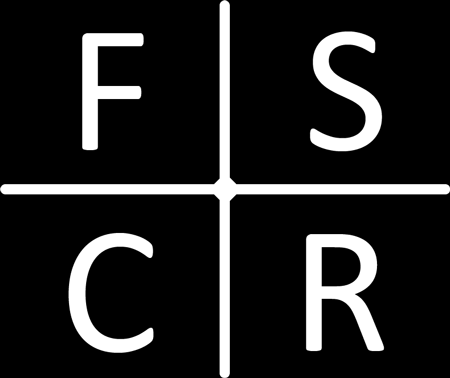Across all teams and all levels of the game we now see and hear all about teams’ physical data. Big data has never been more relevant/more exploited? In football, the reporting and recording of physical data is certainly not new, but it’s important to try and add some context to the numbers we see pinned up around training grounds and on TV.
We often see Sky Sports pundits refer to teams’ physical data (mainly when a team is having a poor run of form, or a manager has recently been replaced). A good example of this is last season when newly appointed Ole Gunnar Solskjaer’s Manchester United completed more sprints, more high intensity and more distance than Jose Mourinho’s teams. Does this mean the players are suddenly fitter and faster than a few weeks before? This is where context is key.
We know players cover anywhere from 9 to 13km during a game with high-intensity distances, ranging from anywhere between 500m and 1500m, or even more. Various factors are involved in affecting the running performance of players during a match. Below I will run through some of the main areas that can affect performance.
The formation in which a team plays can have an impact on the physical output of the squad. As we know, the physical efforts of the players are highly dependent on their positional role in the team; a winger would be expected to cover more distance and high intensity than a central defender. In the modern game, teams tend to play in various formations, from traditional 4-4-2, 4-3-3, 4-5-1 to a 3-5-2, which Sheffield United and Wolves have made popular more recently.
Within each formation, a player’s roles can change – from a physical, technical or tactical point of view. For example, a wing-back in a 3-5-2 may be expected to cover more ground than a full back in a 4-4-2; or a central defender in a 3-5-2 might be asked to cover more distance due to a more attacking wingback, leaving space compared to playing in a conventional Back 4. One example below shows the data from 4 games in an international tournament. Two formations were employed: a 3-5-2 and a 4-5-1.
Notice the increase in distance from a 4-5-1 to a 3-5-2. Next, notice the difference in high-intensity distance and number of sprints completed. If we looked at this data explicitly, it could illustrate that the team’s fitness suddenly increased between game 1 and game 2.
However, this data doesn’t consider the opposition’s formation, which will potentially also affect the physical outputs. How much possession a team, and the standard of the opposition must also be considered. Watch Man City play, and you can see how the opposing teams fare out. Gary Neville commented United legs were gone after 65 minutes playing against Man City, Roy Keane disagreed on Sky Sports!!
There are many factors that may also play a role in the physical performance of a team and individuals:
The current scoreline; if a team is winning comfortably, players will consciously or subconsciously adopt a pacing strategy if the outcome of the game looks complete. Will a drop-in performance during the late stages of a game be attributed to fatigue/lack of fitness or to players preserving energy? Possibly both in some cases. The contrary also applies; when losing or drawing a game, players will more than likely push harder to change the outcome of the game.
The manager’s instructions will also have a determining effect on the physical outputs.
In summary, match running performance is not the only metric to use when assessing if a player/team performed physically good or bad or is fit or unfit. Several factors are involved in explaining why players/team cover as much as they do.
However, the above metrics are sometimes futile in explaining/helping a player’s performance. It is crucial that players can prove or demonstrate that they have the capacity to go above and beyond the demands of the game when necessary, by pushing themselves mentally and physically. Understanding the factors involved in match running performance can help coaches and fitness coaches alike to evolve and improve their training programs.

